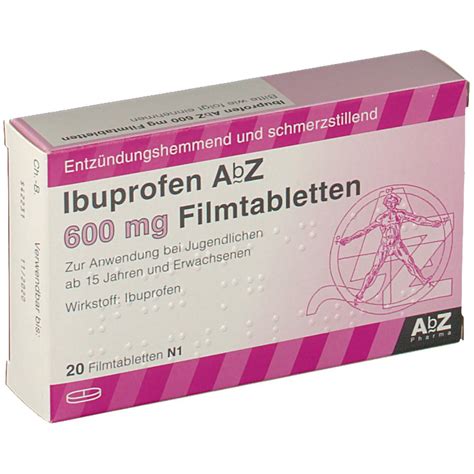Prothrombin time (PT) and international normalized ratio (INR) are crucial blood tests used to monitor patients on warfarin therapy, ensuring their blood clotting is within a safe range. Warfarin, a commonly prescribed anticoagulant, is used to prevent blood clots from forming or growing. However, the effectiveness and safety of warfarin depend largely on maintaining the patient’s INR levels within a specific therapeutic range. In this article, we’ll explore the significance of PT and INR levels, how to manage them, and the implications of both high and low INR levels.
Understanding PT and INR
Prothrombin time measures how long it takes for blood to clot. It’s usually compared to a standard sample to determine the international normalized ratio (INR). The INR is a calculation based on the PT and is used to standardize results across different laboratories. Essentially, INR is a more refined measurement that accounts for variations in reagents used in different labs, making it a more reliable indicator of blood clotting status.
A normal INR range for someone not on anticoagulation therapy is typically around 1.0. For patients on warfarin, the target INR range varies depending on the condition being treated but is usually between 2.0 and 3.0. This range is considered therapeutic because it effectively prevents thrombosis while minimizing the risk of bleeding. However, the optimal INR target can vary based on individual patient conditions, such as mechanical heart valves, atrial fibrillation, or venous thromboembolism.
Managing Blood Clotting Safely
Effective management of INR levels is crucial to prevent both thromboembolic events (if INR is too low) and bleeding complications (if INR is too high). Here are key strategies for managing blood clotting safely:
Regular Monitoring: Patients on warfarin require regular INR checks, usually every 1-4 weeks, depending on their stability and the specific clinical guidelines. This frequency may increase if there are changes in medication, diet, or health status that could affect INR levels.
Dietary Considerations: Vitamin K can significantly affect INR levels because it promotes blood clotting. Patients are often advised to maintain a consistent intake of vitamin K-rich foods (such as leafy green vegetables) rather than drastically increasing or decreasing consumption.
Medication Management: Other medications, including antibiotics, anti-fungals, and certain herbal supplements, can interact with warfarin, affecting INR levels. It’s essential for patients to inform their healthcare provider about any changes in their medication regimen.
Lifestyle Factors: Alcohol consumption and significant changes in physical activity levels can also influence INR. Patients should be aware of these potential effects and adjust their lifestyle accordingly.
Implications of High and Low INR Levels
High INR Levels (Above Therapeutic Range): High INR levels indicate that blood is too thin and at risk for bleeding. If an INR level is found to be elevated, the healthcare provider might temporarily stop warfarin, administer vitamin K, or use fresh frozen plasma to rapidly reverse anticoagulation in emergency situations.
Low INR Levels (Below Therapeutic Range): Low INR levels suggest that the blood may be too prone to clotting. In such cases, the dose of warfarin might be increased, or additional anticoagulant therapy could be considered to achieve the therapeutic range and prevent clot formation.
Advanced Management Strategies
For patients with unstable INR levels or those who experience difficulties in maintaining their INR within the target range, several advanced strategies can be employed:
Pharmacogenetic Testing: This involves analyzing the patient’s genetic makeup to predict their response to warfarin. It can help in tailoring the initial dose and improve the safety and efficacy of anticoagulation therapy.
Anticoagulant Clinics: Specialized clinics focus on managing patients on anticoagulation therapy, offering personalized care, education, and INR monitoring to optimize their anticoagulation regimen.
Patient Self-Testing: With the advent of point-of-care INR meters, some patients can monitor their INR levels at home. This approach can improve the frequency and convenience of monitoring, potentially leading to better INR control and reduced risks associated with anticoagulation therapy.
Conclusion
Managing PT and INR levels is a delicate balance that requires careful monitoring, patient education, and sometimes adjustments to therapy. By understanding the nuances of these tests and how to maintain INR levels within the therapeutic range, healthcare providers and patients can work together to prevent blood clots safely and effectively, minimizing the risk of adverse events. Whether through regular monitoring, dietary advice, or advanced management strategies, the goal remains the same: to keep patients safe and healthy while on anticoagulation therapy.
What is the normal range for INR levels in individuals not taking anticoagulants?
+The normal INR range for someone not on anticoagulation therapy is typically around 1.0.
Why is it important to monitor INR levels regularly in patients on warfarin therapy?
+Monitoring INR levels regularly is crucial to ensure that the blood clotting is within a safe range, preventing both thromboembolic events and bleeding complications.
How often should patients on warfarin have their INR levels checked?
+Patients on warfarin typically require INR checks every 1-4 weeks, though this frequency can vary based on the individual’s stability and specific clinical guidelines.



